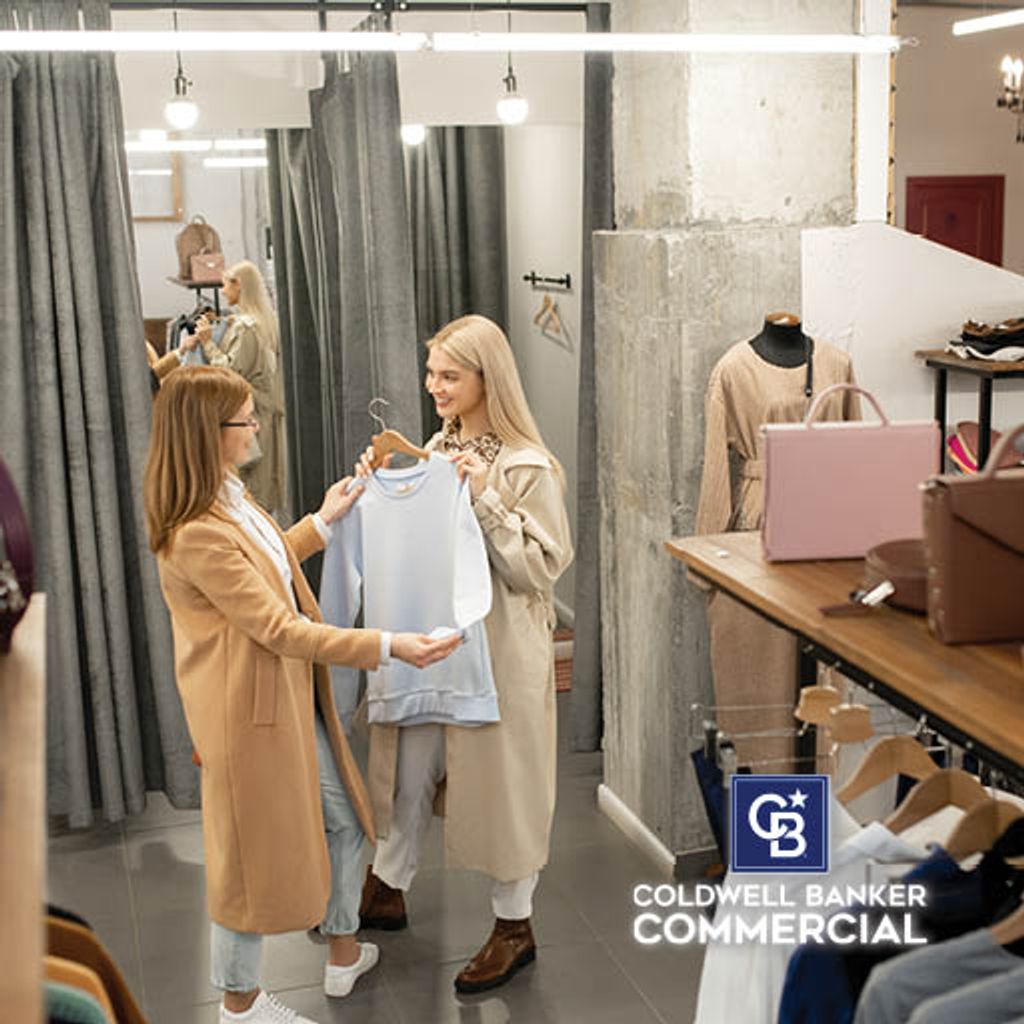The Vital Role of Physical Stores in the Age of Online Shopping

The retail landscape has undergone a significant transformation in recent years, with a notable shift towards integrating digital and in-store shopping experiences. Once viewed as a clear and present threat to physical stores, e-commerce has now become a vital component in the resurgence and evolution of brick-and-mortar retail: Physical retail locations are increasingly playing a vital role in concert with e-commerce, highlighting the benefits of this symbiotic relationship for both retailers and consumers.
Store owners once feared e-commerce would render physical stores obsolete. However, this perception has shifted dramatically. Many brick-and-mortar stores are now thriving by integrating their properties with the online shopping experience. This integration has created a seamless shopping journey, allowing consumers to enjoy the best of both worlds.
One of the primary reasons for the resurgence of physical stores is their new role as fulfillment hubs. Shoppers often browse in person to see, touch, or try on items before ordering them online. This behavior not only drives foot traffic but also enhances the overall shopping experience. Moreover, retailers are increasingly using their physical locations to fulfill online orders, shipping items from store stockrooms in addition to traditional warehouses.
According to research firm GlobalData, nearly 42% of e-commerce orders last year involved stores, up from about 27% in 2015. This statistic underscores the growing importance of physical stores in the e-commerce ecosystem.
The limitations of online-only retail have become apparent, leading to a comeback of physical stores. After years of overbuilding that led to a sharp contraction, retailers are now on track to open more stores than they close in 2024 for the third consecutive year, according to Coresight Research. Physical stores offer several advantages that online platforms struggle to replicate.
Physical stores have proven to be cost-efficient and convenient for both retailers and customers. Using stores as pickup and drop-off points helps lower labor, packaging, and shipping costs associated with online orders. Big-box retailers, such as Kohl's, Walmart, and Target, have been particularly successful in building their store-fulfillment operations. For instance, Kohl's now fulfills more than a third of its online orders in stores, Walmart more than half, and Target nearly all its sales from its network of roughly 2,000 locations.
The pandemic accelerated the integration of online and in-store shopping. Mandated closures and infection concerns forced retailers to offer curbside and pickup services, which have since become popular among customers. These options often allow consumers to avoid shipping fees and receive their purchases faster than waiting for delivery.
While e-commerce has grown significantly, it has not replaced the need for physical stores. Online sales accounted for 15.4% of total retail sales last year, up from 14.7% in 2022 and 6% in 2014, according to the U.S. Department of Commerce. However, the integration of online and physical shopping also has brought new challenges. For example, the return of items bought online in-store can artificially depress a location's total sales, complicating rent rate calculations for landlords.
Not all retailers have perfected the integration of online and in-store services. Grocery stores, which operate on thin margins, struggle to make online order fulfillment profitable due to the labor-intensive nature of the process and the need for additional refrigeration space for pickup items. Despite these challenges, the ongoing evolution of retail strategies continues to create opportunities for innovation and growth.
The integration of online and physical retail is redefining the shopping experience, proving that brick-and-mortar stores still play a crucial role in the retail ecosystem. By leveraging their physical locations as fulfillment hubs and enhancing the customer experience, retailers can thrive in the digital age. As the retail landscape continues to evolve, the symbiotic relationship between e-commerce and physical stores will remain vital to the industry's success.
A Trusted Guide in Commercial Real Estate
Coldwell Banker Commercial® provides Commercial Real Estate Services from Property Sales and Leases, to Property Management. Learn how our expansive network of Independently Owned and Operated Affiliates and Real Estate Professionals use their in-depth knowledge of the local market and industry trends to help businesses and investors navigate the complexities of the commercial real estate landscape.






